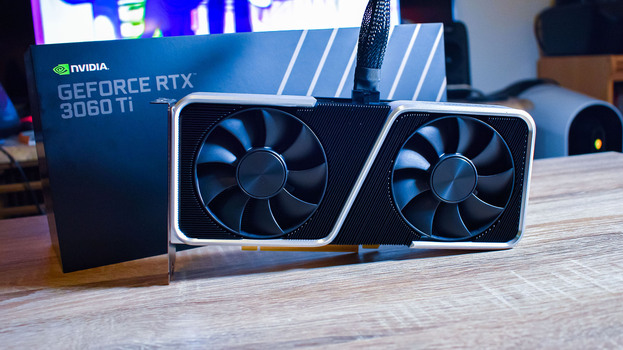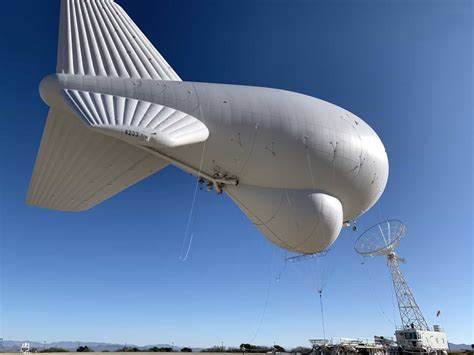Discover the best graphics card (GPU) for your computer build. We’ll go through crucial graphics card requirements, different graphics card kinds, and more.
What is a graphics card?
Rendering visuals is the main function of graphics cards. To put it simply, the GPU uses information from the CPU and software to decide where to arrange pixels on the screen.
Graphics Card Types
The requirements for various machines vary significantly. There are various kinds of graphics cards as a result. What you should know about workstations, integrated, and dedicated graphics cards is as follows:
Cards with Integrated Graphics
Some CPUs have integrated graphics cards that are designed to execute simple activities like word processing and web browsing. The monitor will plug directly into the motherboard if using integrated graphics. The power of integrated GPUs is significantly less than that of their dedicated equivalents. They can, however, help you save a sizable sum of money.
Exclusive Graphics Cards
Massive beasts with many fans that are found in gaming and workstation PCs are dedicated graphics cards. Dedicated cards contain potent parts that are built to maximize the performance of your system. Integrated cards are no longer a viable option for contemporary PC gaming. A dedicated GPU is now necessary for gaming.
Graphic Cards for Workstation
Even more processing power may be needed when using graphically demanding software, such as video and photo editors or 3D rendering tools. Workstation graphics cards were created as a result. Workstation GPUs are specialized graphics cards built with software rather than video games in mind.
Important Particulars
Graphics cards are described using a wide range of parameters. While some details are more crucial than others, you should take into account all of them as you learn how to pick a graphics card. Here are some of the most frequent terminology you’ll hear and their definitions in relation to picking a graphics card and the performance of your computer.
At least 4GB of RAM is needed for modern games, and 6GB or more is preferable for 1080p gaming on high settings. In general, a card’s performance improves with additional memory. The performance of a computer is also influenced by other elements, such as the speed of the memory.
Memory Accuracy.
You can determine the speed of your graphics card’s RAM by looking at its bandwidth or memory speed. This is crucial because cards with the same amount of memory operating at varying speeds can frequently function quite differently.
Connection to power.
A PCIe slot typically supplies 75 Watts of power, however, almost all dedicated graphics cards need more. The solution to this increased power requirement is to directly connect the GPU to the PC’s power supply using a 6- or 8-pin power adapter. When buying a graphics card, confirm that your power supply can connect to it properly.
TDP.
Speaking of power, a criterion called TDP, or Thermal Design Power, measures how much a GPU consumes and how much heat it produces. In essence, your graphics card will need more power the higher the TDP. Fortunately, the majority of contemporary GPUs will include the recommended power supply size in watts on their package. You can choose the best cooling options for your system with the aid of the TDP.
Size.
The size of your graphics card—also referred to as the form factor—is significant for a variety of reasons. The GPU needs to fit in your case, which is the main justification. The length of the GPU and the number of PCIe slots the graphics card occupies in the computer’s chassis are the two dimensions used to categorize graphics cards.
Tasks to Consider for GPUs
You may choose the graphics card that is perfect for you once you are aware of all of its specifications. It is important to think about the kinds of games you want to play on your PC because certain tasks, like gaming, can make use of a wide range of cards. Cheaper cards can still play a lot of games, and if 4K or high-end gaming is not what you want to do, you may save your money for other parts of your system. Let’s say you want to use displays with a high refresh rate or resolutions higher than 1080p. You will require a GPU with tremendous power in that situation.
Workstation graphics cards were specifically created with rendering and editing operations in mind. These substantial and more expensive dedicated cards are ideal for you if your job requires a powerful GPU. Workstation cards can still be used for gaming, but they perform best when used with the applications they were made for.
Releases are Frequently New
Similar to other types of technology, graphics cards are routinely upgraded with newer models. New card series have the potential to dramatically improve performance. It is essential to keep up with the most recent GPU developments because of this. Nothing is worse than spending a fortune on a graphics card just to learn that a more potent and affordable model would be released the following week. Older cards could still be perfect for your purposes and frequently become cheaper after the release of new technologies.
Notes to Recall
Understanding the meaning of specs and how they relate to variances in graphics cards is essential. Unfortunately, not all of a GPU’s key characteristics can be measured using a controlled standard. In addition to specifications, take into account the following extra advice and strategies when selecting your GPU:
Match your GPU and display.
The maximum performance of your graphics card is directly correlated with the resolution of your monitor. This implies that even if you have the most powerful GPU in the world, you will never be able to use it to its full potential if your display is only 1080p. This also implies that if your GPU only needs to output 1080p, you can save money without compromising performance.
Also Read:- Desert Safari Dubai | What to Do in Dubai’s Desert
Similar to resolutions are refresh rates.
The highest refresh rate will have a major impact on GPU performance, much like the monitor’s resolution does. High-end graphics cards are needed for refresh rates in the triple digits. However, even if your display’s refresh rate is limited to 60Hz, mid-range graphics cards can easily run most games at their top settings.
MSRP is crucial.
Always research the GPU’s launch pricing or current market price before making a purchase. Graphics card costs are subject to extreme swings because new cards are frequently released and some versions are hard to find. You can avoid wasting money by being aware of a GPU’s intended pricing.
Save money for the remaining construction.
Typically, the most expensive part of any build is the graphics card. However, that does not imply that they are the only pricey part. When selecting a GPU, take care not to overspend. A powerful graphics card that costs too much could cause bottlenecks in other parts of your system. For example, having such a strong graphics card is useless if your processor cannot match your GPU’s performance. The worst-case situation is that you overspend on a GPU and your PC’s power supply, which is the only one you can buy, is unable to power all of your PC’s components. In that case, the system as a whole is at fault in addition to the GPU not being used correctly.
Nothing is definitive.
The graphics card in your computer is not a fixed component, just like all other components. It’s not impossible to switch to a different GPU later on even if you purchase a specific card now. As your demands evolve, you can upgrade your components over time.





